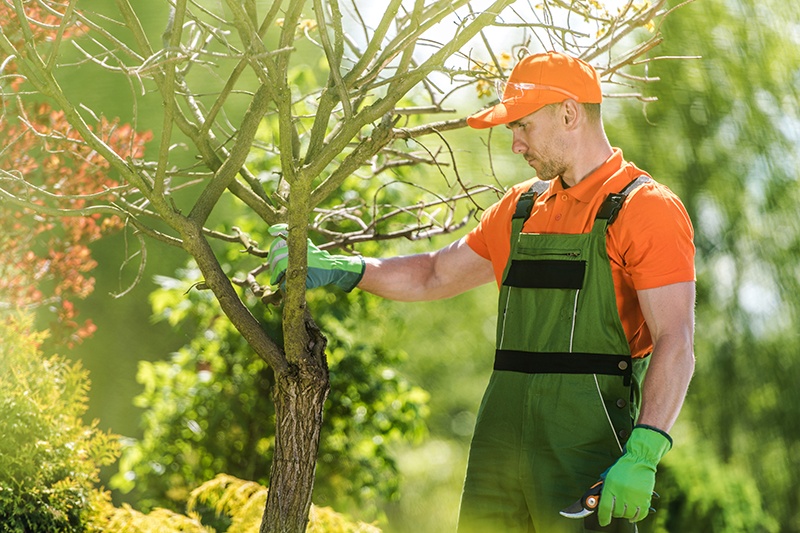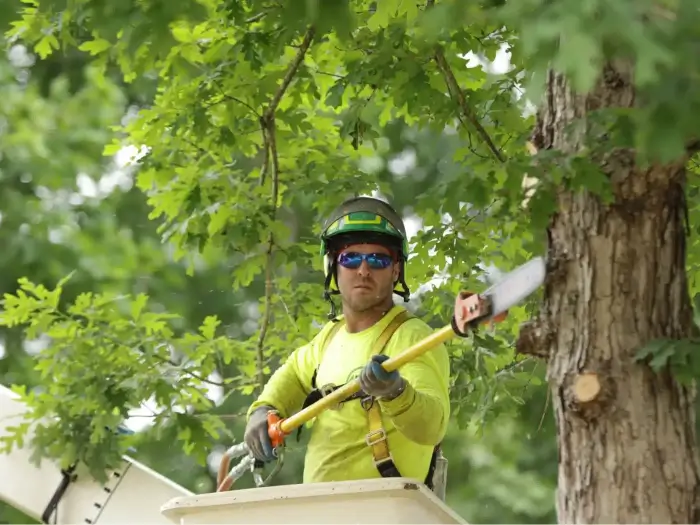Recognizing the Value of Tree Preservation and Conservation Practices in Urban Areas
In the dynamic landscape of metropolitan environments, trees commonly stand as quiet guardians, supplying a plethora of advantages that prolong much past their aesthetic charm. As we explore the intertwined textile of ecological, social, and financial advantages that metropolitan trees use, it becomes noticeable that their preservation is pivotal for the wellness of existing and future generations.
Ecological Benefits of Trees in Cities
Trees in urban areas play an important duty in supplying numerous ecological benefits, adding to the total wellness of city occupants. This procedure helps decrease the concentration of damaging gases, making the air cleaner and much healthier for residents.

In addition, trees contribute to water administration by decreasing stormwater overflow and soil disintegration. Their root systems take in excess water, avoiding flooding and filtering toxins prior to they reach water bodies. This all-natural process assists maintain water top quality and secures marine ecological communities in city areas. On the whole, the ecological advantages of trees in cities are necessary for producing lasting and comfortable metropolitan environments.
Social Significance of Urban Tree Conservation
In contemporary metropolitan landscapes, the preservation of trees holds significant social value for promoting neighborhood well-being and enhancing high quality of life. Urban tree preservation plays an important duty in producing areas for social interaction and community engagement.

Economic Worth of Tree Preservation
The preservation and preservation of metropolitan trees provide considerable economic benefits that contribute to the overall financial well-being of cities and communities. Urban trees provide a vast variety of economic advantages that favorably influence regional economic situations.
Additionally, trees play a crucial role in decreasing stormwater drainage and minimizing the results of flooding, which can result in expense financial savings for cities in regards to facilities upkeep and fixing. Urban trees likewise add to improved air top quality by soaking up contaminants and launching oxygen, resulting in prospective cost savings in medical care costs connected with respiratory health problems. By spending and acknowledging in the economic worth of tree preservation, cities can advertise sustainable development, boost quality of life, and produce even more durable urban environments.
Techniques for Sustainable Urban Tree Monitoring
An extensive method to sustainable metropolitan tree management entails incorporating diverse strategies that prioritize long-lasting environmental health and wellness and neighborhood well-being. Executing tree inventories and evaluations is crucial to recognize urban tree populaces, their wellness, and upkeep requirements. Regular trimming, watering, and mulching are necessary practices to make certain tree vigor. Adopting tree planting programs that concentrate on indigenous and climate-resilient types can improve metropolitan biodiversity and sustainability.
Community engagement plays a critical duty in lasting city tree management. Enlightening locals regarding the benefits of trees, arranging tree planting events, and including volunteers in tree care activities cultivates a feeling of possession and stewardship. Cooperation between local government, ecological companies, and residents is essential to establishing and applying reliable tree administration plans.
Purchasing eco-friendly infrastructure, such as metropolitan forests and green roofings, can give numerous benefits, including improved air top quality, stormwater monitoring, and city warm island mitigation. tree removal. Integrating trees right into city preparation and design processes makes certain that trees are valued as vital components of a durable and healthy and balanced urban setting
Neighborhood Participation in Tree Conservation
Community participation is a basic component in promoting sustainable metropolitan tree management techniques and making sure the long-lasting health and conservation of metropolitan tree populaces. Engaging the area in tree conservation efforts can result in enhanced recognition, appreciation, and stewardship of trees within metropolitan locations. When citizens actively get involved in tree preservation, upkeep, and planting efforts, they develop a sense of possession and pride in their local environment.
Neighborhood participation additionally promotes social communication and cooperation amongst citizens, regional authorities, and environmental companies, cultivating Tree service guilford ct a common obligation for urban tree preservation. By arranging tree planting occasions, educational workshops, and volunteer chances, areas can collaborate to enhance the urban tree cover and produce greener, healthier cities. Additionally, including residents in decision-making processes concerning tree monitoring makes certain that varied perspectives and regional knowledge are taken into consideration, bring about more sustainable and effective preservation practices. RC Property Services Guilford CT. Eventually, neighborhood participation plays a critical role in structure growing and durable city forests for future generations to appreciate.
Final Thought
To conclude, metropolitan tree preservation and conservation practices play a critical function in improving the environmental, social, and financial health of cities. By identifying the worth of trees in metropolitan locations and applying lasting monitoring techniques, neighborhoods can delight in the many advantages that trees provide. It is imperative for stakeholders to actively take part in tree preservation initiatives to make sure a greener and healthier urban setting for existing and future generations.
